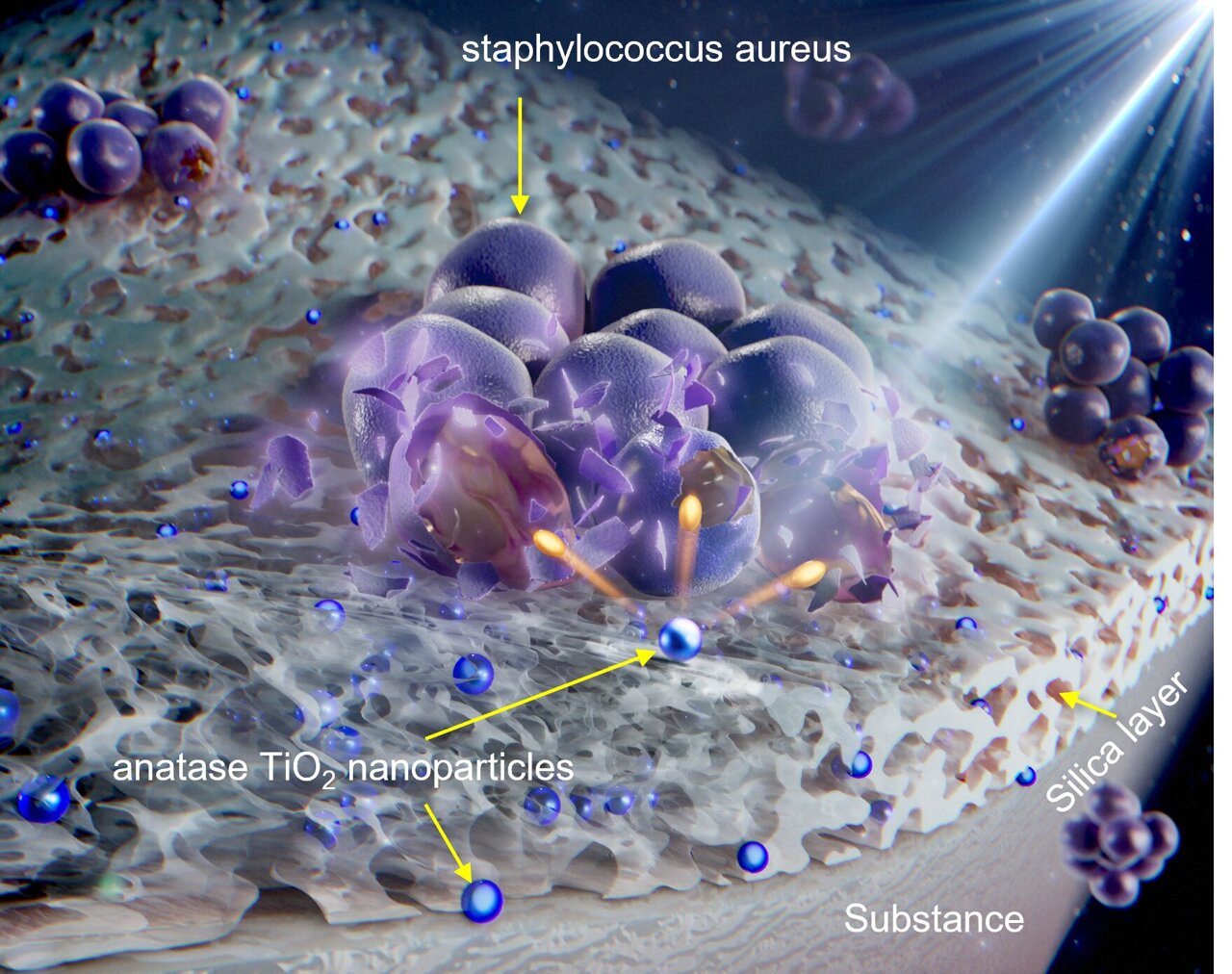A Dash of Disorder Yields a Very Efficient Photocatalyst
A little disorder goes a long way, especially when it comes to harnessing the sun’s energy. Scientists from the U.S. Department of Energy’s Lawrence Berkeley National Laboratory (Berkeley Lab) jumbled the atomic structure of the surface layer of titanium dioxide nanocrystals, creating a catalyst that is both long lasting and more efficient than all other materials in using the sun’s energy to extract hydrogen from water.
Their photocatalyst, which accelerates light-driven chemical reactions, is the first to combine durability and record-breaking efficiency, making it a contender for use in several clean-energy technologies.
It could offer a pollution-free way to produce hydrogen for use as an energy carrier in fuel cells. Fuel cells have been eyed as an alternative to combustion engines in vehicles. Molecular hydrogen, however, exists naturally on Earth only in very low concentrations. It must be extracted from feedstocks such as natural gas or water, an energy-intensive process that is one of the barriers to the widespread implementation of the technology.
“We are trying to find better ways to generate hydrogen from water using sunshine,” says Samuel Mao, a scientist in Berkeley Lab’s Environmental Energy Technologies Division who led the research. “In this work, we introduced disorder in titanium dioxide nanocrystals, which greatly improves its light absorption ability and efficiency in producing hydrogen from water.”









